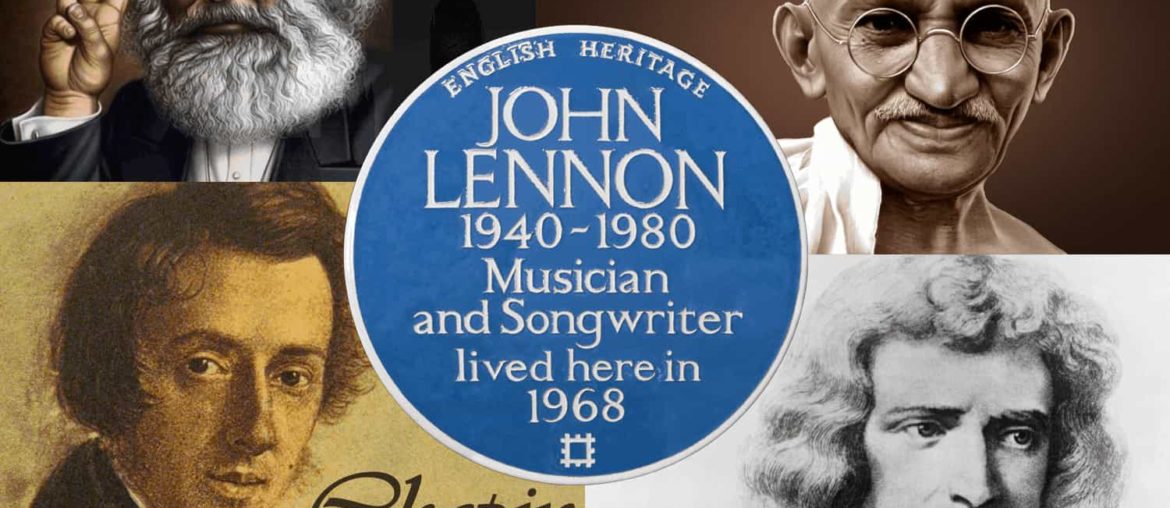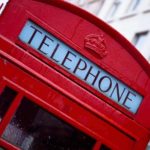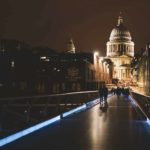London is a city bursting with heritage and culture. At times, it feels like every other street contains a landmark location that changed the course of history.
The city’s blue plaques commemorate this rich cultural tapestry by marking the homes of iconic figures throughout history. From contemporary cultural icons like Jimi Hendrix and John Lennon to legendary historical figures like Horatio Nelson and Napoleon III, the plaques are a constant reminder that London is a cut above the rest.
We’ve taken a good long look through English Heritage’s list of blue plaque locations to find the most fascinating and iconic names from London’s history. Many of these are within walking distance from each other, so we recommend throwing in a pair of walking shoes and seeing how many you can find on your London tour.
Where can you find iconic blue plaques in London?
- Karl Marx – 28 Dean St. Soho W1D 3RY
- Mahatma Gandhi – 20 Baron’s Court Road W14 9DT
- Frederic Chopin – 4 St James’ Place SW1A 1NP
- Sir Isaac Newton – 87 Jermyn Street SW1Y 6JP
- Florence Nightingale – 10 South Street, Mayfair W1K 1DE
- Alan Turing – 2 Warrington Crescent W9 1ER
- Sir Christopher Wren – The Old Court House, Hampton Court Green KT8 9BS
- Virginia Woolf – Hogarth House, 34 Paradise Road, Richmond KT8 9BS
To view the full London Blue Plaques map, click here.
Karl Marx – 28 Dean St. Soho W1D 3RY
Few thinkers could possibly claim to have had a broader impact on the world than Karl Marx. The founder of modern socialism lived in London at this location from 1851 to 1856 and dedicated his time to the revolutionary organisation of the working classes.
Mahatma Gandhi – 20 Baron’s Court Road W14 9DT
Gandhi lived in this location at the age of 18 while studying to become a lawyer. The hours he spent studying here from 1888 to 1889 helped to prepare him for the long struggle for Indian independence he would face much later in life.
Frederic Chopin – 4 St James’ Place SW1A 1NP
One of the greatest Romantic composers of all time, Frederic Chopin left from this address in 1848 to the City of London’s Guildhall, where he gave his final public performance before his death.
Sir Isaac Newton – 87 Jermyn Street SW1Y 6JP
The great mathematician and genius physicist lived here whilst serving as the president of the Royal Society from 1703. Newton’s contributions to the world of science are astronomical. From inventing calculus to discovering the laws of gravity and motion, his achievements make this a stop not to be missed.
Florence Nightingale – 10 South Street, Mayfair W1K 1DE
Florence Nightingale lived at this address and died here in 1910, leaving a legacy that changed the world of medicine and nursing. She established the world’s first school of professional nursing and was a champion for women’s working rights.
Alan Turing – 2 Warrington Crescent W9 1ER
Without the work of Alan Turing and his colleagues, the world today would look unfathomably different. Turing not only invented the machine that deciphered the German Enigma code during World War II but is also recognised as the father of modern computer science. He was born at this Warrington Crescent address in 1912.
Sir Christopher Wren – The Old Court House, Hampton Court Green KT8 9BS
Speaking of looking different, without Sir Christopher Wren London itself would be almost unrecognisable. This visionary architect designed some of the most beautiful buildings in the capital, including St Paul’s Cathedral, Westminster Abbey, 10 Downing Street, and the National Maritime Museum in Greenwich.
Virginia Woolf – Hogarth House, 34 Paradise Road, Richmond KT8 9BS
Woolf was a literary giant of unparalleled talent. As the author of modernist masterpieces such as To the Lighthouse and Mrs. Dalloway she was one of a handful of pioneers that reformed last century’s approach to culture. She lived at this address from 1915 to 1924 and also founded the Hogarth Press here.
We hope you’ve enjoyed these fantastic snapshots of London’s history. The best way to explore the city is on foot, so make sure you check out our range of guided walking tours. Happy plaque hunting!



